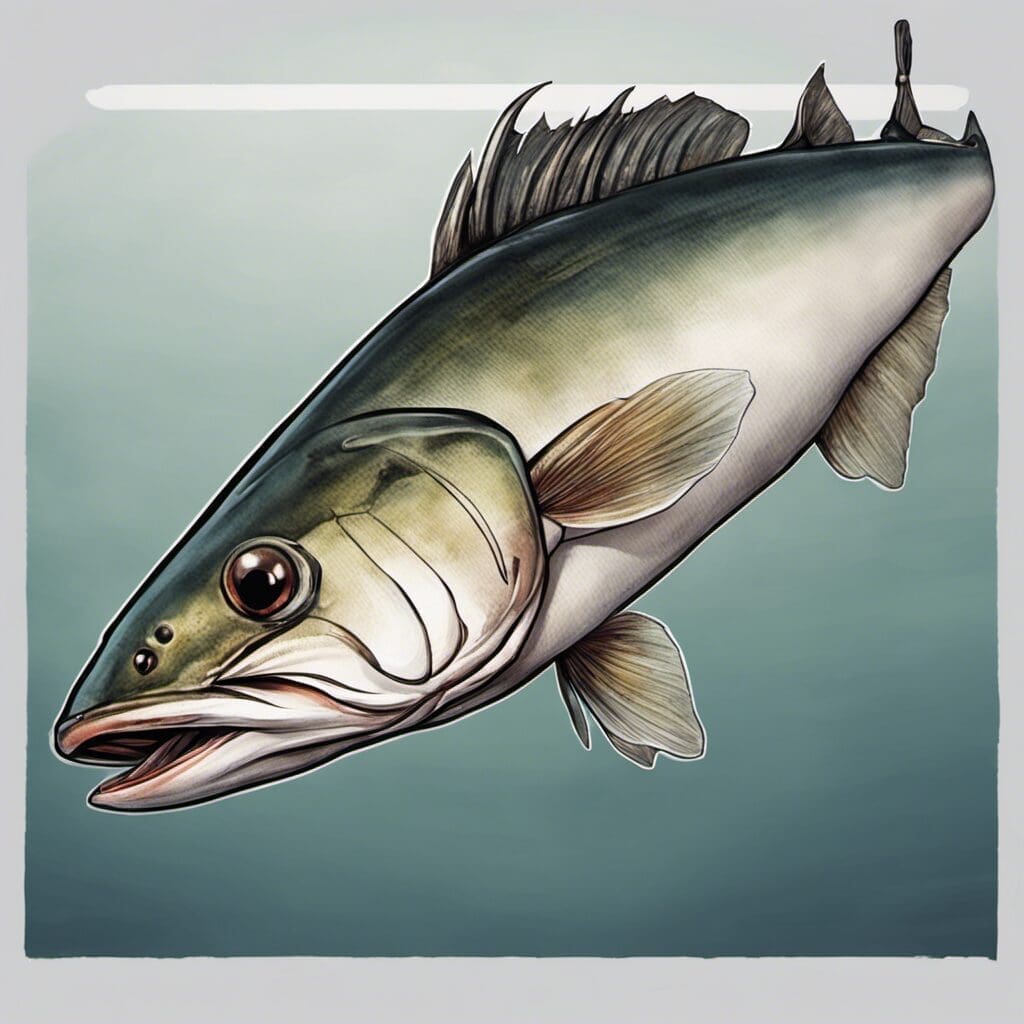Introduction
The Snoek, scientifically known as Thyrsites atun, belongs to the Gempylidae family. This sea fish is also commonly known as a snoek in many parts of the world including South Africa, Namibia, and Australia. It’s silver-blue metallic appearance and elongated shape make it easily recognizable. However, it’s not just the appearance that counts for this fish, it’s the taste and versatility when it comes to cooking it that make it a favorite amongst many people.
Conservation Status
The Snoek species is currently listed in the ‘Lower Risk’ category in the latest ICUN list. Ongoing conservation efforts include monitoring the species population, regulating fishing to prevent overfishing, and habitat protection.
Statistics
| Length (Average) | Length (Range) | Weight (Average) | Weight (Range) | Average Lifespan |
|---|---|---|---|---|
| 75cm | 50-200cm | 5.5kg | 3-7kg | 15 years |
Distribution
Snoeks inhabit the coasts of Southern Africa and Australia. They are migratory creatures with a unique migration pattern where they head south during summer and north during winter.
Habitats
They are typically found in pelagic waters with a depth range of 1-350m. Snoeks prefer cooler water temperatures between 13-19°C.
When and Where to See
- Seasonal patterns: Snoeks are usually spotted during summer and autumn.
- Time of day: The snoek is a day-active species and thus can be spotted throughout the day.
Best Fishing Locations
Top Spots
- Australia: Port Phillip Bay, Western Port Bay
- South Africa: False Bay, Hout Bay
- Namibia: Skeleton Coast, Lüderitz
How to Catch
Fishing with shiny lures work best to attract the snoeks’ attention. The best time to fish snoeks is during spring and autumn in the mid-morning or late afternoon.
Identification Guide
The snoek is a long and thin fish, distinguished by its sharp and long jaw. The coloration of snoeks can range from metallic blue to metallic green over the top and silver on the belly.
Culinary
Snoek flesh is rich and flavor-filled with moderate fat content. It is best grilled, smoked, and fried. Nutritional information: High in Proteins and Omega-3 fatty acids.
Additional Information
- Feeding habits: Snoeks diet consists mainly of small fishes and squids.
- Natural predators and threats: Snoek top predators include killer whales and sharks. Human-induced threats include overfishing and oil spills.
References and Further Reading
- FishBase
- Marine Biology South Africa

